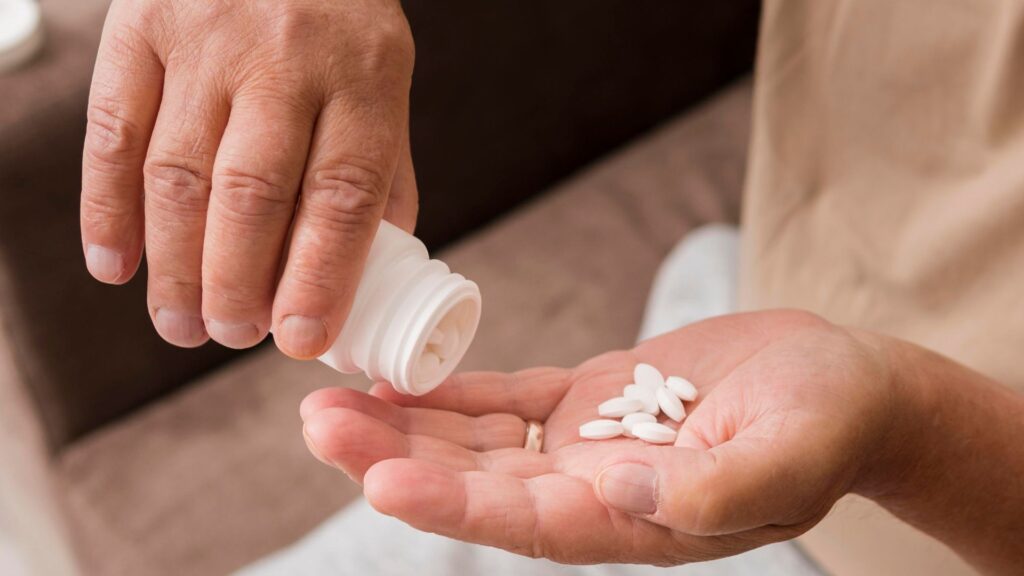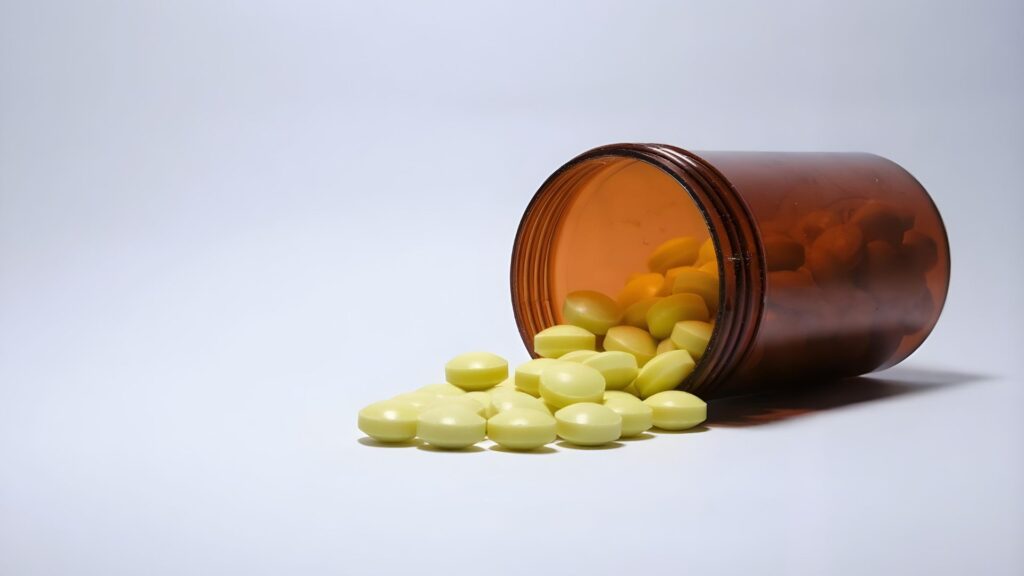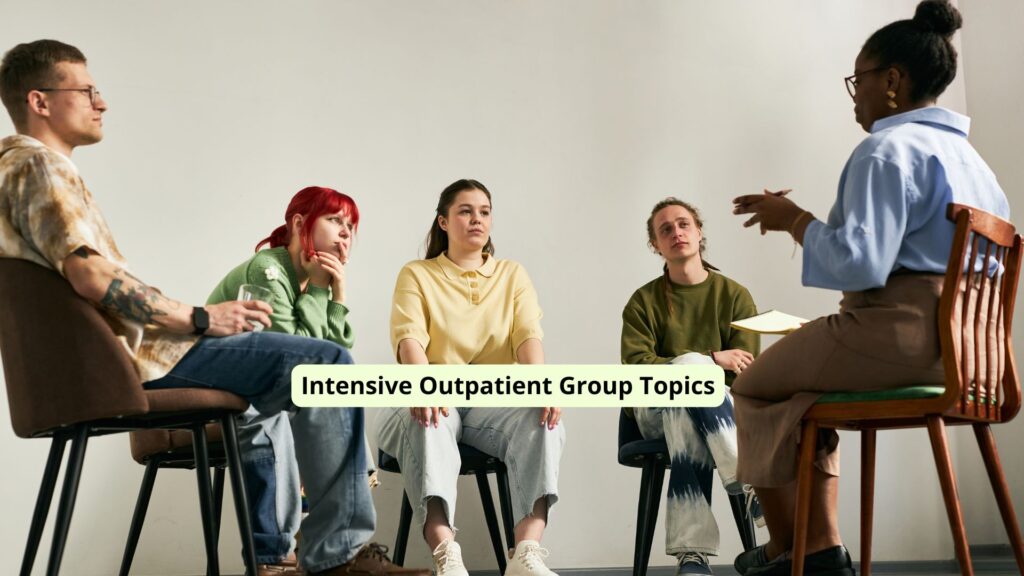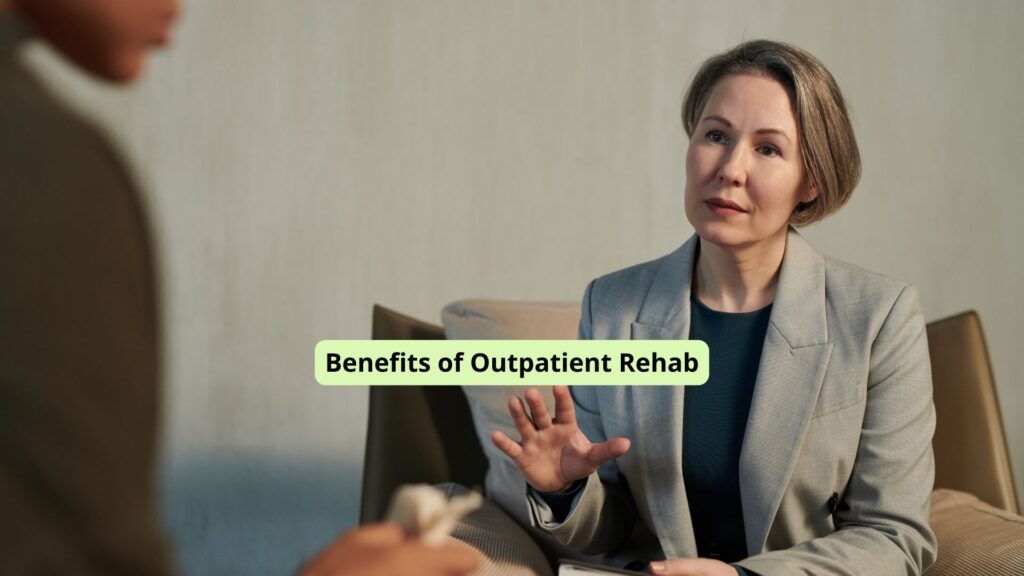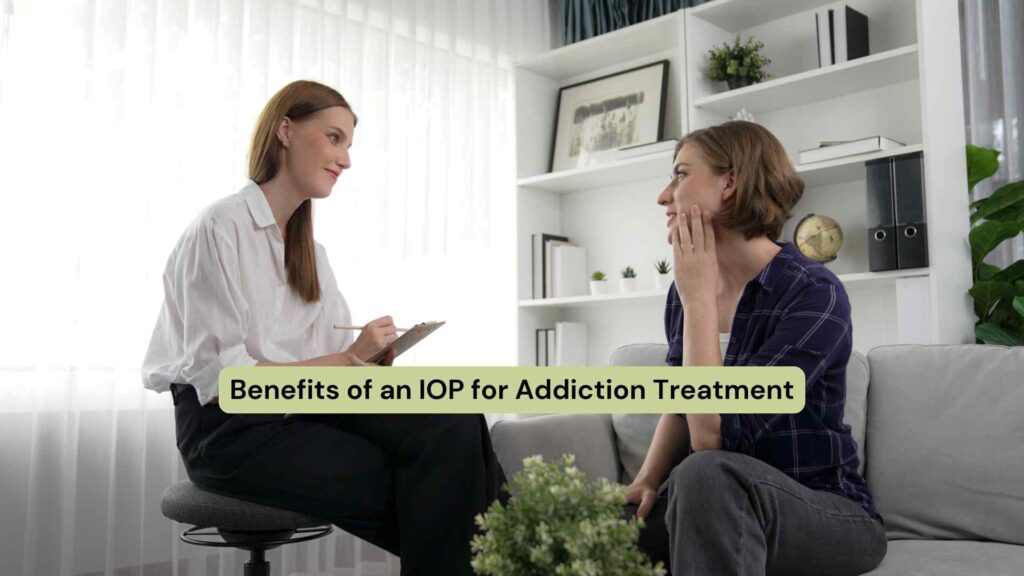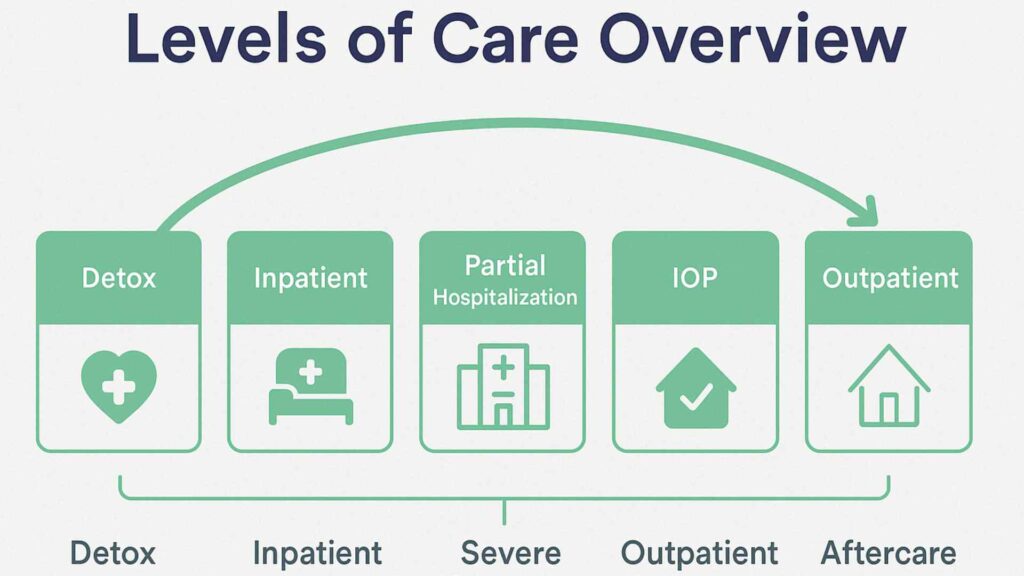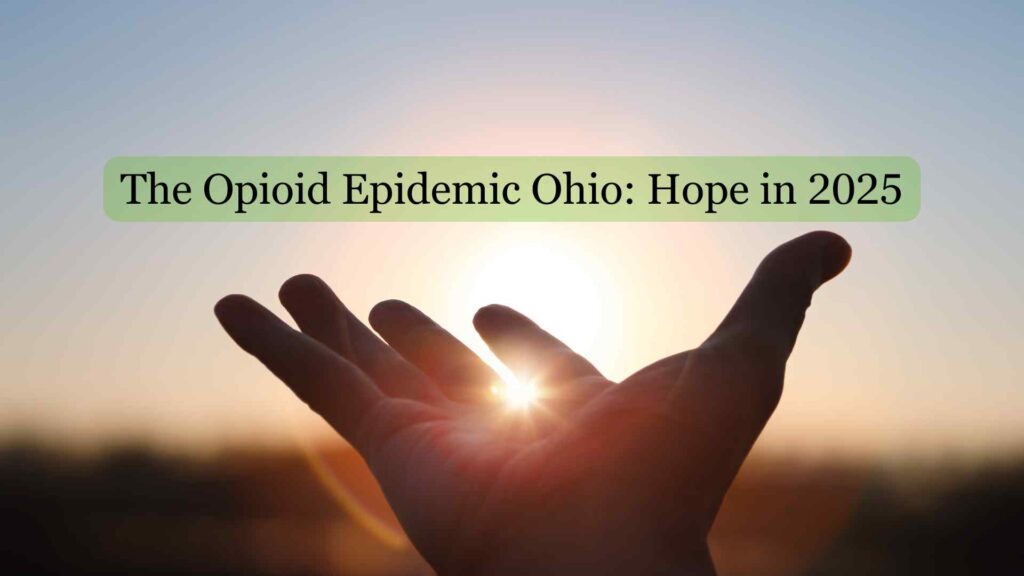Teen substance use is a growing concern for many parents and caregivers. Recognizing the warning signs early can make a significant difference in preventing more serious issues down the road.
This article will outline the common behavioral, physical, and environmental signs that may indicate a teen is struggling with substance use.

Behavioral Warning Signs
Changes in a teen’s behavior are often the first noticeable indicators of substance use. Mood swings such as increased irritability, hostility, withdrawal, or secretiveness can be red flags. Teens may lose interest in hobbies, school, or activities they once enjoyed and show a sudden lack of motivation. Altered sleep patterns, including periods of hyperactivity followed by exhaustion, are also common.
Social behavior may shift as well. Teens might form new, secretive friendships, often with older peers, and begin breaking curfews or avoiding family interactions. Increased secrecy around their phone or daily activities can be a sign of hiding substance use. Academic performance may decline, with frequent absences and dropping grades. Teens might also engage in risk-taking or rebellious behaviors such as lying, stealing money or valuables, or breaking family rules.
If you recognize these behaviors in your child, seeking help from a teen addiction rehab can provide the support, guidance, and professional care needed to get them back on the path to a healthier future.
Physical Warning Signs
Neglected grooming and a consistently messy appearance may indicate a loss of interest in self-care, which is common when substance use takes priority.
Red or bloodshot eyes, dilated or constricted pupils, and burns or soot on fingers or lips, often caused by smoking or handling hot paraphernalia, are clear physical indicators. More serious signs include unexplained bruises, cuts, or marks, such as track marks from intravenous drug use, which require immediate attention.
Health symptoms linked to substance use can vary widely but often include frequent illnesses due to a weakened immune system, recurrent nosebleeds (especially with snorted substances), and slurred or rapid speech patterns that reflect impaired neurological function. Sudden weight loss or gain may result from changes in appetite or metabolism caused by drugs. Skin irritations, rashes, or sores can appear from allergic reactions, poor hygiene, or drug-related behaviors like picking at the skin.
More severe physical manifestations of addiction include tremors, seizures, excessive sweating, and alternating periods of lethargy or hyperactivity, all of which signal significant disruption to the body’s normal functioning.
These physical signs typically accompany behavioral changes and should never be overlooked, as they may indicate escalating substance use or the onset of withdrawal symptoms that require professional care.
Environmental and Paraphernalia Indicators
Unusual odors such as smoke, chemicals, or even sweet, fruity scents from certain drugs can linger on clothing, breath, or in a teen’s room, indicating a strong possibility of drug use. Finding drug paraphernalia is also a clear sign of substance use. Items such as pipes, bongs, rolling papers, hypodermic needles, small baggies, or scales may be discovered.
Teens may also have unexplained cash flow problems or missing items at home. Unusual containers or hiding places, like fake soda cans or medicine bottles, can be used to conceal substances.

Psychological and Cognitive Signs
Studies have shown that substance use can significantly impact a teen’s mental functioning, often leading to noticeable cognitive difficulties. Teens may struggle with concentrating on tasks, experience memory lapses, or become easily confused. These issues can make it hard to keep up with schoolwork, follow conversations, or complete everyday activities.
Some teens may go through cycles of hyperactivity, where they seem unusually energetic or restless, followed by periods of extreme fatigue or “crashes,” which can disrupt their daily routine and overall well-being. These cognitive changes not only affect academic performance but can also interfere with social interactions and emotional regulation, making it harder for teens to cope with everyday challenges.
When to Be Especially Concerned
It’s crucial to be especially attentive when several warning signs appear across different areas at the same time: behavioral, physical, social, and cognitive. When these signs persist, it often indicates a deeper substance use problem that requires immediate attention.
For example, a teen showing ongoing mood changes, physical health issues, withdrawal from family and friends, and sudden cognitive difficulties, may be struggling with more than occasional experimentation. More serious red flags include signs of dependence, such as using substances despite harmful consequences, or experiencing withdrawal symptoms when not using. These patterns suggest the development of addiction and highlight the urgent need for professional evaluation and support to help the teen safely address their substance use and begin recovery.
How Parents and Caregivers Can Respond
Open and non-judgmental communication is essential when discussing substance use concerns with teens. By creating a safe space for honest dialogue, parents and caregivers can foster trust and encourage openness. Setting clear boundaries and expectations, alongside consistent monitoring of behavior, helps guide teens toward making healthier choices.
Early professional evaluation and intervention are critical to addressing substance use effectively. Utilizing resources such as school counselors, addiction specialists, and support groups can provide vital support and increase the chances of successful prevention and recovery.
Final Thoughts from Abundance Treatment
Parents and caregivers play a vital role in guiding their teens toward a healthy, substance-free future. Staying informed and maintaining supportive relationships can help teens make positive decisions and access help when needed.
Abundance Treatment in Toledo, Ohio, offers compassionate, structured, and evidence-based programs tailored specifically for adolescents. Whether navigating the unique challenges of youth or seeking support at any age, our person-centered approach in Ohio empowers individuals with the skills needed for lasting recovery and lifelong well-being.




